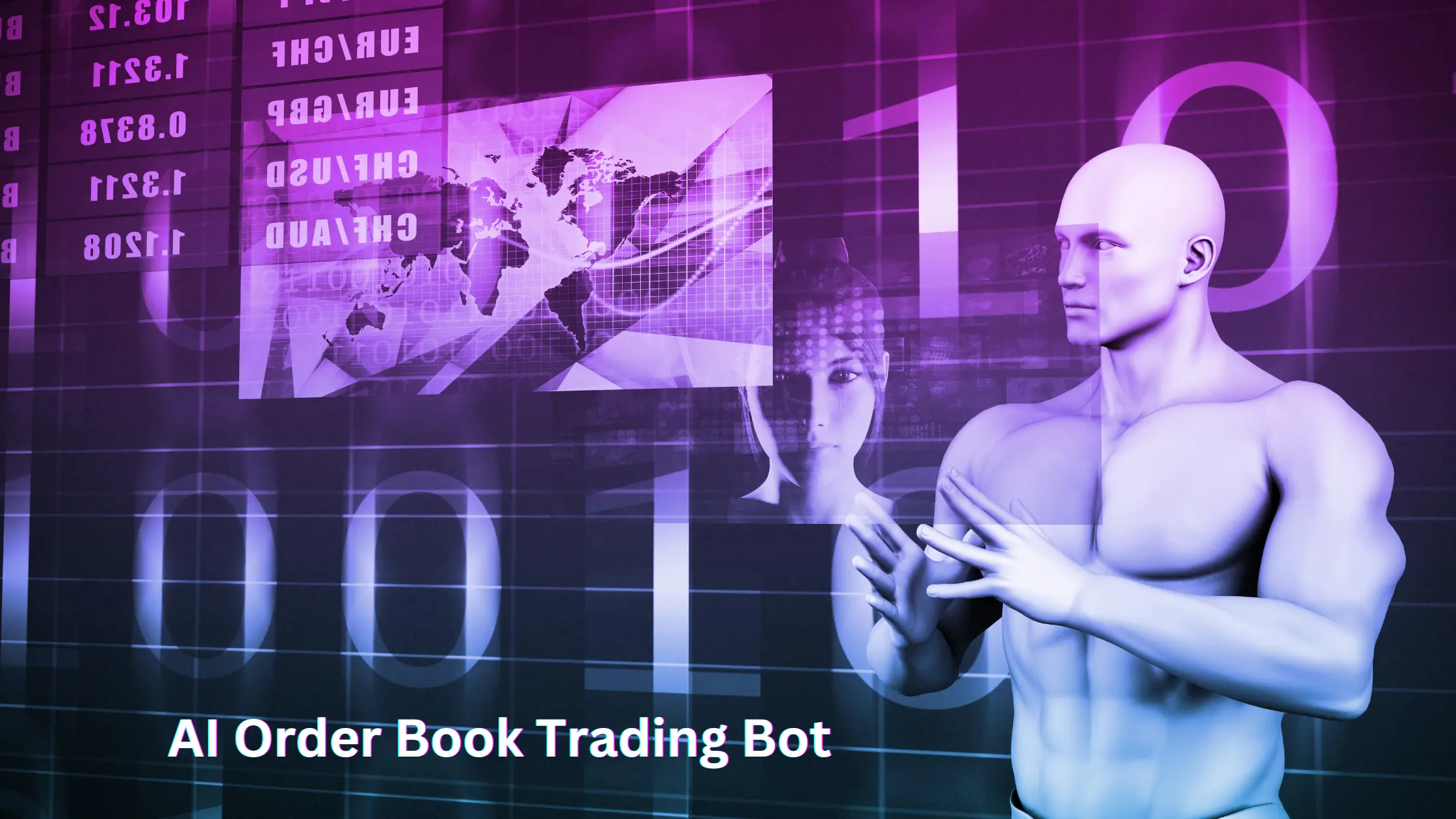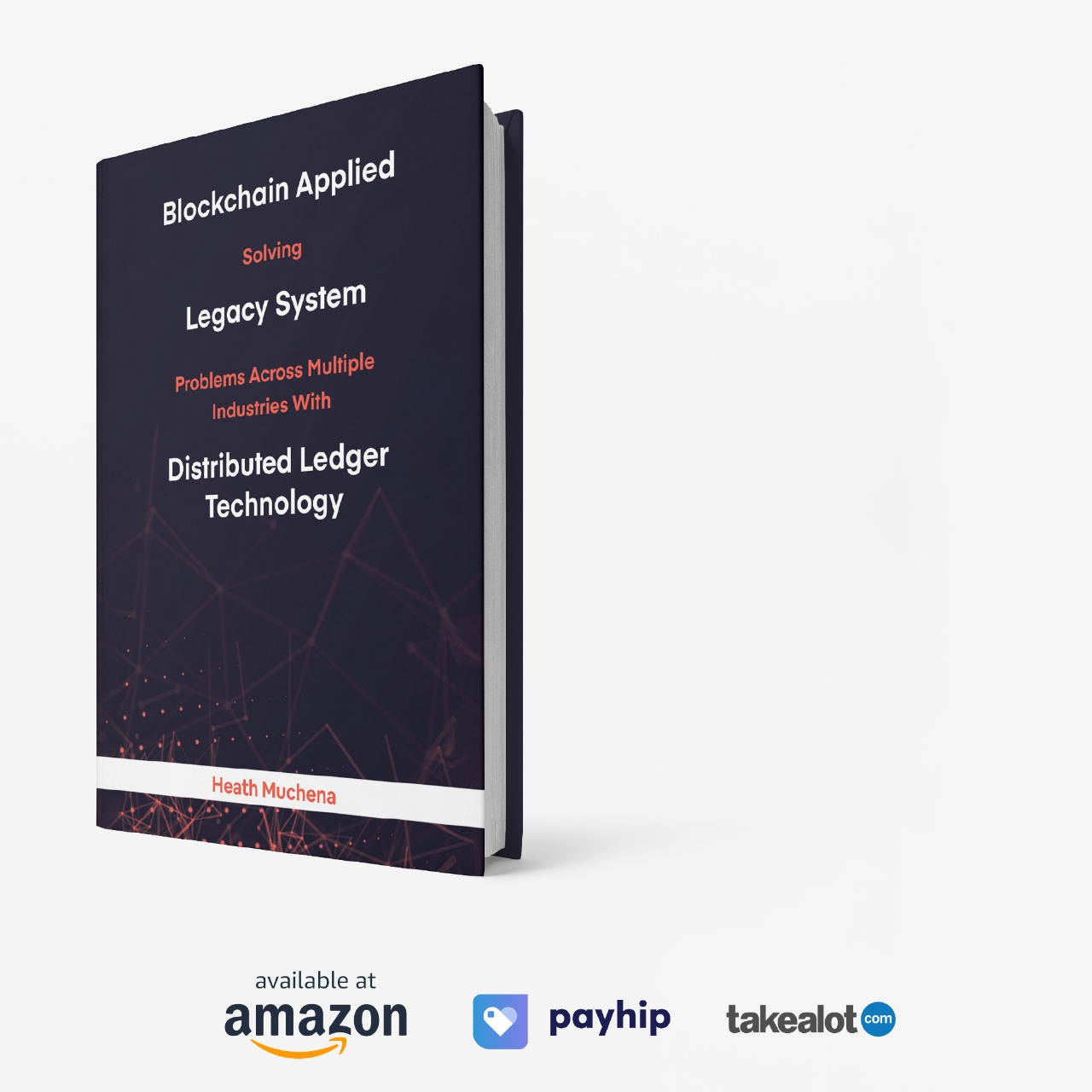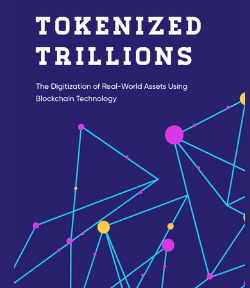
How to Design an AI Order Book Trading Bot
Building Intelligent Trading Systems: An In-Depth Look at AI Order Book Analysis.
The cryptocurrency market, characterized by its high volatility and rapid price fluctuations, presents both opportunities and challenges for traders. Among the advanced tools at a trader’s disposal, AI order book trading bots stand out for their ability to analyze granular market data and execute trades with precision. This article delves into the intricate process of designing AI models that analyze order book data, predict market movements, and execute trades, providing a comprehensive guide for creating a sophisticated AI trading bot.
Understanding the Order Book
Before delving into the design of an AI order book trading bot, it’s essential to understand the fundamentals of an order book. The order book is a real-time, continuously updated list of buy and sell orders for a specific asset on an exchange. It consists of:
- Bid Orders: Buy orders placed by traders, listed by price level, starting with the highest bid.
- Ask Orders: Sell orders placed by traders, listed by price level, starting with the lowest ask.
- Order Depth: The number of buy and sell orders at each price level, reflecting the liquidity of the asset.
Analyzing this data can provide insights into market sentiment, potential price movements, and liquidity conditions.

Key Components of an AI Order Book Trading Bot
Building an AI order book trading bot involves several critical components:
- Data Collection and Preprocessing
- Feature Engineering
- Model Selection and Training
- Backtesting and Optimization
- Execution and Risk Management
Data Collection and Preprocessing
Data Collection
The first step is to collect real-time order book data. This typically involves connecting to cryptocurrency exchange APIs to retrieve order book snapshots at regular intervals. Key data points include:
- Price Levels: Bid and ask prices.
- Order Sizes: Volume of buy and sell orders at each price level.
- Time Stamps: Exact times at which the data is recorded.
Data Preprocessing
Preprocessing is crucial to ensure the data is clean and structured for analysis. This includes:
- Handling Missing Data: Interpolating or filling in gaps in the order book data.
- Normalizing Data: Scaling the data to ensure consistency in analysis.
- Aggregating Data: Summarizing data at different time intervals (e.g., 1-second, 1-minute) for various analysis perspectives.
Feature Engineering
Feature engineering involves creating meaningful features from raw data that can be used by machine learning models. Key features derived from order book data include:
- Bid-Ask Spread: Difference between the highest bid and lowest ask prices.
- Order Imbalance: Difference between the total volume of buy and sell orders.
- Market Depth: Sum of buy and sell order volumes at different price levels.
- Price Movements: Changes in bid and ask prices over time.
- Liquidity Measures: Metrics such as liquidity at the top N price levels.
Model Selection and Training
Model Selection
Choosing the right machine learning model is crucial for predicting market movements. Common models used in order book analysis include:
- Recurrent Neural Networks (RNNs): Effective for sequential data like order book time series.
- Long Short-Term Memory (LSTM): A type of RNN that can capture long-term dependencies in data.
- Convolutional Neural Networks (CNNs): Can be used for feature extraction from order book “images” or heatmaps.
- Transformer Models: Advanced models like BERT can be adapted for order book analysis to capture complex patterns.
Model Training
Training the model involves feeding it historical order book data and optimizing it to minimize prediction errors. Key steps include:
- Splitting Data: Dividing data into training, validation, and test sets.
- Hyperparameter Tuning: Adjusting model parameters to improve performance.
- Cross-Validation: Ensuring the model generalizes well to unseen data.
Backtesting and Optimization
Backtesting
Backtesting involves simulating the AI trading bot’s performance on historical data to evaluate its effectiveness. Key considerations include:
- Transaction Costs: Accounting for fees and slippage in the simulation.
- Market Impact: Considering the effect of large trades on the market.
- Performance Metrics: Evaluating metrics such as return on investment (ROI), Sharpe ratio, and drawdown.
Optimization
Based on backtesting results, the model may require further tuning and optimization. This could involve:
- Adjusting Trading Rules: Modifying entry and exit conditions based on model predictions.
- Refining Features: Adding or modifying features to improve predictive accuracy.
- Ensemble Methods: Combining multiple models to enhance robustness.

Execution and Risk Management
Execution
Once the model is optimized, it can be deployed for live trading. This involves:
- Real-Time Data Feed: Continuously updating the model with real-time order book data.
- Order Execution Engine: Placing trades based on model predictions and pre-defined rules.
- Latency Management: Ensuring low-latency execution to capitalize on short-term opportunities.
Risk Management
Effective risk management is crucial for long-term success. Strategies include:
- Position Sizing: Determining the appropriate trade size based on risk tolerance.
- Stop-Loss Orders: Automatically exiting losing trades to prevent significant losses.
- Diversification: Spreading investments across multiple assets to mitigate risk.
Conclusion
Designing an AI order book trading bot is a complex but rewarding endeavor that requires a deep understanding of both machine learning techniques and market dynamics. By meticulously collecting and preprocessing data, engineering relevant features, selecting and training robust models, and implementing rigorous backtesting and risk management protocols, traders can develop bots that not only predict market movements but also execute trades with precision. As technology advances, these AI-driven systems will continue to evolve, offering new opportunities for traders to navigate the dynamic and often unpredictable cryptocurrency market.






